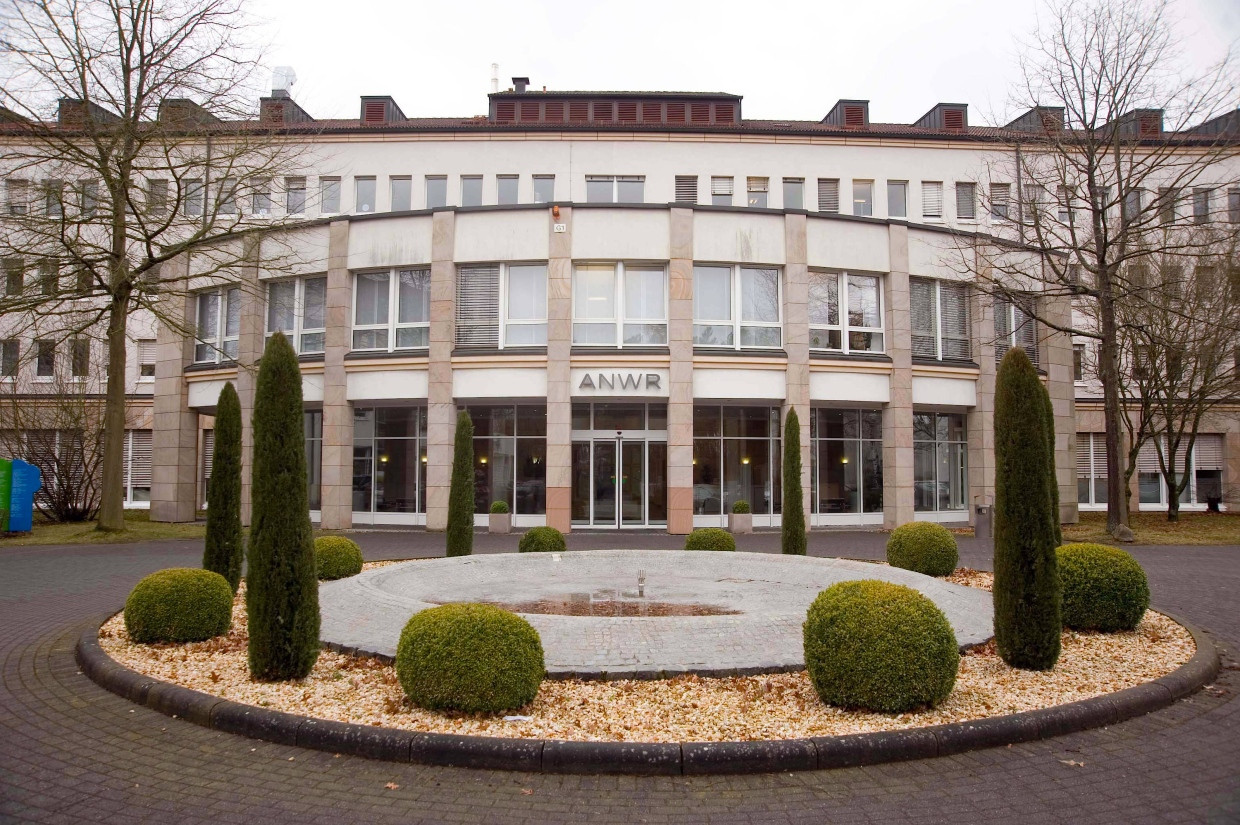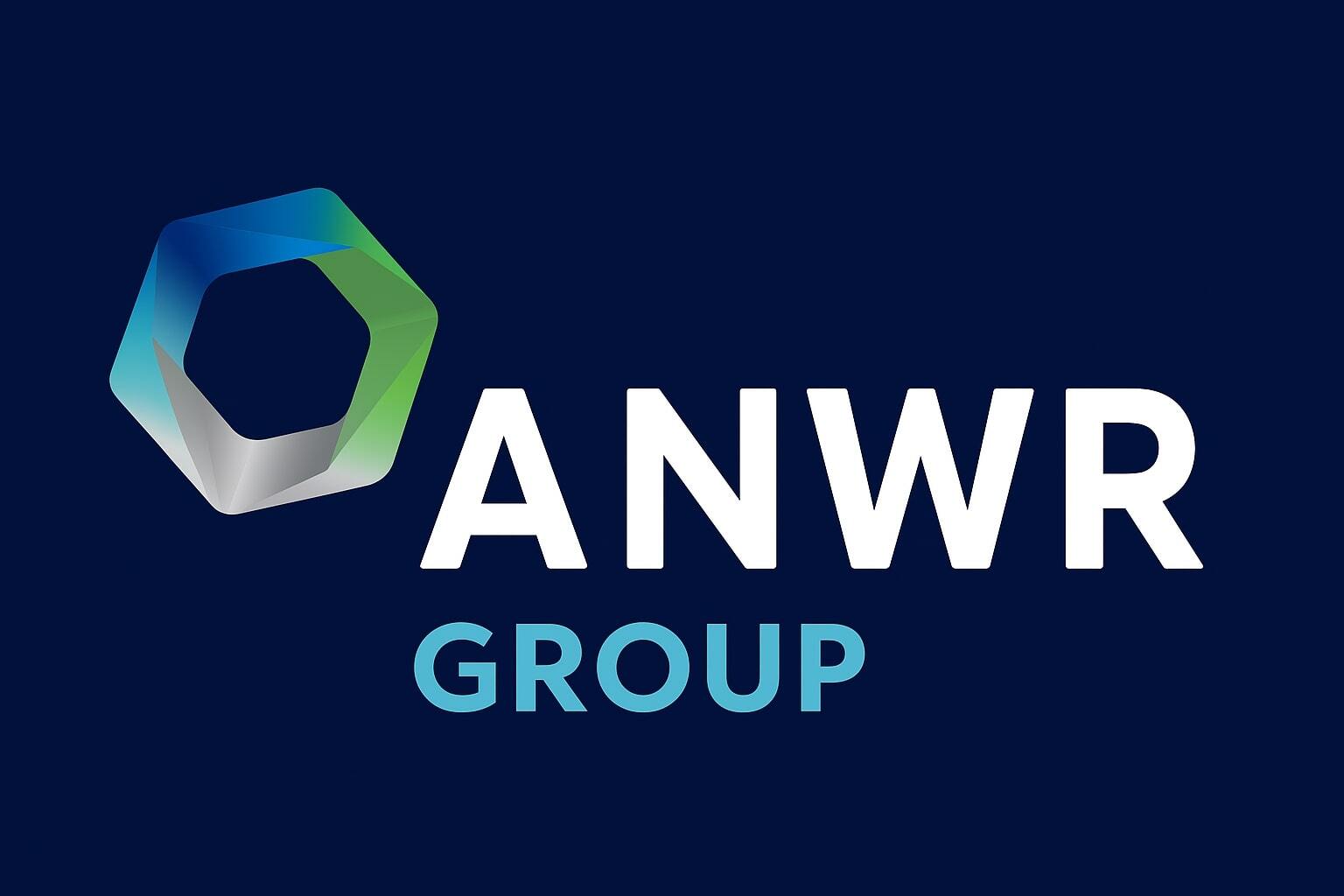How We Made It Happen

The Challenge
With an expanding ecosystem of retailers, suppliers, and digital platforms, ANWR Group faced mounting complexity in managing its operational processes. The organization needed a centralized solution that could support seamless interaction across its supplier base and retail network — particularly for high-volume, decentralized models like schuhe.de, bagmondo.de, and SPORT2000.de, where local fulfillment and retail autonomy are strategic priorities.
At the core of the issue was the need to manage extensive product information and transactional data across a diverse set of systems and partners. Manual processes, inconsistent data structures, and limited real-time visibility introduced operational friction that made it difficult to scale efficiently. Key workflows, such as seasonal onboarding and product catalog updates, were slowed down by fragmented communication and duplicated efforts.
The group required a solution that could not only consolidate product data but also simplify collaboration between stakeholders. It needed to support efficient onboarding for suppliers, real-time catalog availability for retailers, and smooth integration with both existing and future digital infrastructure, all without compromising data quality or operational control.
To meet these evolving demands, ANWR set its sights on an enterprise-grade portal with the flexibility to support a growing B2B commerce environment. The system needed to balance stability and transparency with the agility required to adapt quickly to new partners, increasing product volumes, and expanding service models across its platform.

The Solution
Spadoom delivered a custom-built supplier and retailer portal powered by SAP Commerce Cloud, purpose-built to reflect ANWR’s operational environment. The platform served as a centralized interface for managing product data, enabling suppliers to upload and synchronize information in real time, while giving retailers direct access to up-to-date, validated content for merchandising, sales, and fulfillment.
A robust set of supporting technologies was integrated into the solution to ensure high-volume performance and data consistency. This included Solr for intelligent search, PCM and PIM for structured content management, EDIFACT for standardized data exchange, Redis for fast content delivery, and openCAT to handle classification across complex product hierarchies. These components worked together to eliminate redundancy, accelerate data flow, and support the evolving needs of ANWR’s platform ecosystem.
Centralizing workflows was just the starting point; the real shift came in how reliably and efficiently information flowed between every stakeholder involved. Suppliers no longer needed to manually coordinate with internal teams for each update, and retailers no longer had to rely on outdated product feeds. Automated validations, live sync capabilities, and streamlined interfaces gave each user group the tools they needed to work faster and with greater accuracy.
From the outset, the portal was designed to scale. Whether onboarding new partners, expanding product categories, or integrating new services, the infrastructure remained stable and adaptable. By embedding flexibility into the foundation, Spadoom ensured the solution could evolve alongside ANWR’s strategic goals without requiring major system changes every time.

The Results
Following the launch, the new portal quickly became a core operational asset, streamlining how product data, supplier inputs, and retail execution came together. Manual coordination across platforms was replaced by centralized access, giving teams more control over availability, catalog status, and time-sensitive rollouts.
Seasonal onboarding, promotional updates, and product launches that previously required multiple tools and redundant communication were now handled in a single environment. This shift didn’t just save time; it improved data accuracy, sped up execution, and allowed teams to respond faster to shifting retail needs without creating friction across the network.
For ANWR’s retail partners, the portal introduced a new level of autonomy. Retailers can now access validated product data faster, maintain closer alignment between inventory and merchandising decisions, and respond more quickly to customer demand at the local level. With real-time access to catalog changes and product status, execution at the ground level has become faster and more reliable.
Strategically, the system has positioned ANWR to expand its platform capabilities with lower marginal effort. New partners can now be integrated with less effort, service expansion is easier to plan and execute, and ANWR has the technical foundation to scale its B2B commerce platform in a way that’s both cost-effective and operationally sound.










